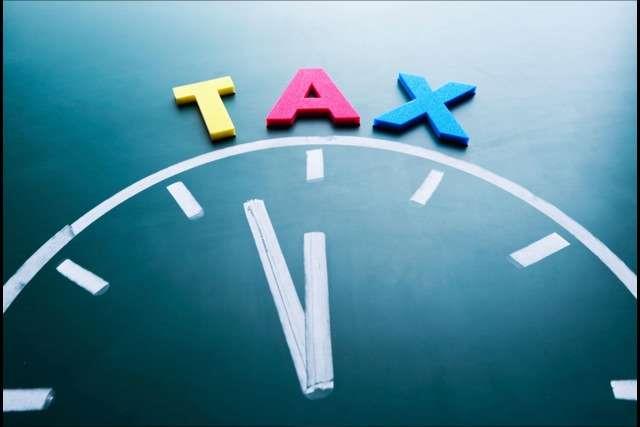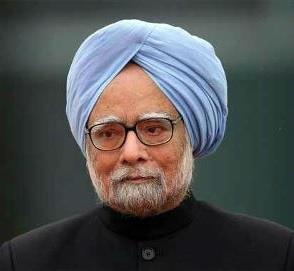February 28, 2015
NEW DELHI – As far as goodies for the common man are concerned, there was nothing much in the budget presented by the finance minister Arun Jaitley today.

February 28, 2015
NEW DELHI – As far as goodies for the common man are concerned, there was nothing much in the budget presented by the finance minister Arun Jaitley today.

The tax deduction allowed on the payment of health insurance premium was increased to Rs 25,000 from the current Rs 15,000. This will lead to tax savings of Rs 1,030-Rs 3,090, depending on which tax bracket you fall into. For senior citizens this limit was increased to Rs 30,000 from the current Rs 20,000 per year.
Also, for very senior citizens of the age 80 years or more, who are not covered by health insurance, a deduction of Rs 30,000 per year has been allowed on expenditure incurred on their treatment. For expenditure incurred towards specified diseases of serious nature, very senior citizens will now be allowed a deduction of Rs 80,000, in comparison to the earlier Rs 60,000.
The one good development has been an increase in the limit of deduction allowed on investing in the National Pension Scheme(NPS) to Rs 1.5 lakh from the current Rs 1 lakh, under Section 80CCD.
In fact, Jaitley has also proposed an extra deduction of up to Rs 50,000 for investing in the NPS, over and above the Rs 1.5 lakh.
Oh, and the transport allowance exemption has been increased from the current Rs 800 to Rs 1600. That should be a huge help indeed.
Hence, net-net the budget does not have much to offer to the middle-class taxpayer. The question that arises here is that why should the budget have goodies to offer to the middle-class taxpayer every year? Ultimately, a stable income tax policy is also very important.
That is indeed a fair point. Nevertheless, when the government is working towards bringing down the tax rate for corporates, why shouldn't something be on offer to the middle-class tax payers as well? That's a question worth asking.
The finance minister Arun Jaitley in his speech said: "The basic rate of Corporate Tax in India at 30% is higher than the rates prevalent in the other major Asian economies, making our domestic industry uncompetitive. Moreover, the effective collection of Corporate Tax is about 23%."
Along with bringing down the tax rate for corporates, Jaitley also said that "we do not get that tax due to excessive exemptions. A regime of exemptions has led to pressure groups, litigation and loss of revenue. It also gives room for avoidable discretion." The suggestion here was that along with income tax rates coming down, the exemptions that are allowed to corporates will come down as well. The idea seems to be that at lower rates more corporate taxes can be collected.
Along with the budget every year, the government also releases a document called the statement of revenue foregone. "The estimates and projections are intended to indicate the potential revenue gain that would be realised by removing exemptions, deductions, weighted deductions and similar measures," the statement points out.
As can be seen from the above table, the revenue foregone number of the central government for this financial year is Rs 5,89,285.2 crore. This is higher than the fiscal deficit of Rs 512628 projected for this financial year.
Nevertheless, it is important to point out that the revenue foregone number is based on certain assumptions. " The estimates are based on a short-term impact analysis. They are developed assuming that the underlying tax base would not be affected by removal of such measures…The impact of each tax incentive is determined separately, assuming that all other tax provisions remain unchanged. Many of the tax concessions do, however, interact with each other. Therefore, the interactive impact of tax incentives could turn out to be different from the tax expenditure calculated by adding up the estimates and projections for each provision."
So the revenue foregone figure needs to be looked at with these limitations in mind. Having said that, the government of India is losing out on revenue because of the exemptions and deductions. There is no denying that.
As can be seen from the above table, corporate India is a major beneficiary of all the exemptions and deductions. If one adjusts for personal income tax, the revenue foregone for the central government still comes in at a whopping Rs 5,48,850.6 crore for 2014-2015. While this number maybe notional, there is clearly no denying that corporates benefit immensely out of the deductions and exemptions that have crept into our tax laws over the years.
In fact, bigger the corporate the more deductions and exemptions they take. Corporates, which make an operating profit within the range of Rs 0-1 crore have an effective tax rate of 26.89% Those in the Rs 50-100 crore range have an effective tax rate of 24.29%. Whereas those making a profit of greater than Rs 500 crore have an effective tax rate of 20.68%.
The overall rate is 23.22%. Jaitley wants to push up this rate of "actual tax" paid by bringing down the corporate tax rate to 25% from the current 30%, over the next four years. The hope also seems to be that at lower tax rates more taxes will eventually get paid.
The question is why can't the same logic be applied to individual tax payers? Around 3% of Indians pay income tax. If more corporates are likely to pay more tax at lower rates, can't the same assumption be made for individual tax payers as well? Further, like the corporates income tax laws, can't the personal income tax laws simplified as well?
This is something that the finance minister Arun Jaitley needs to answer. May be he will in the days to come.
Courtesy: PTI
















































































































